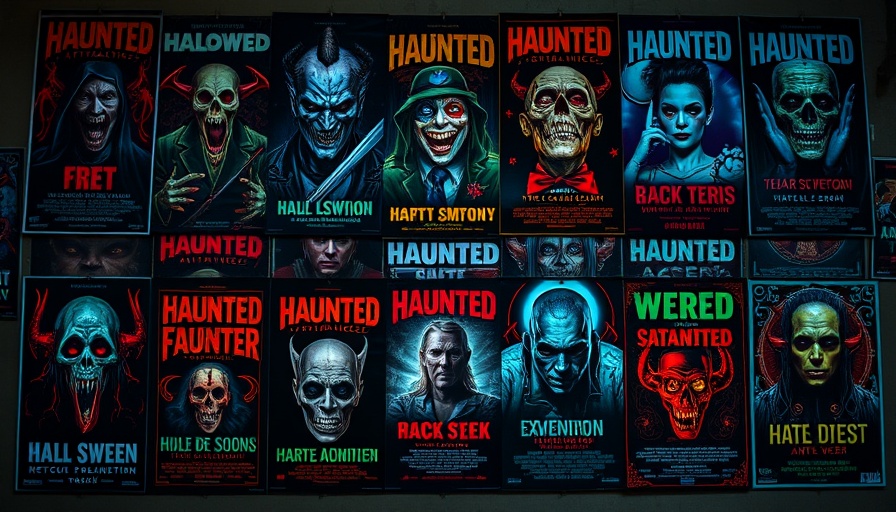
A Haunting Transformation: The Art of Inducing Fear
As the leaves turn and the air chills, Americans flock to haunted attractions that promise heart-stopping thrills and chilling experiences. But beyond the cobwebs and creaky doors lies a world of cutting-edge technology that is reshaping the ways we simulate fear.
Beyond the Traditional: The Mega-Haunt Revolution
America is home to some of the most innovative haunted attractions, which push the boundaries of traditional fear. Not just themed houses filled with actors in costumes, these facilities deploy advanced technology to enhance the scare experience. They exemplify a convergence of entertainment and psychology, tapping into our primal fears with an array of sensory overloads that include animatronics, AI, and immersive soundscapes.
Spotlight on Top Attractions
Leading the charge are several standout attractions that redefine the very notion of horror. For instance, NETHERWORLD in Atlanta is renowned for its elaborate design and innovative effects. With more than 450 special effects and a team of artists working year-round, they present intricate and interactive horror that evolves with each season. Guests become part of the experience, overwhelmed by sensory stimuli including synchronized lighting and curated scents designed to elicit primal fear responses.
The Beast Haunted Attraction in Kansas City is another that has not only survived but thrived through innovation since 1991. This sprawling haunt features AI holographic projections and experiences that dynamically change based on guest interactions. Its narrative-driven scares reflect a departure from more traditional shock tactics, favoring a psychologically engaging experience instead.
Innovations Driving the Haunted Experience
Technological advancements are pushing the limits of how we experience fright. For example, Bennett’s Curse in Baltimore has embraced AI to create immersive environments that adapt in real-time to visitor interactions, heightening suspense as guests navigate through their twisting pathways. These kinds of innovations demand more than just a stout heart; they require guests to think critically about their surroundings, enhancing engagement with a psychological layer.
Moreover, the recently revamped Nightmare on 13th in Salt Lake City relies on high-tech special effects such as working Tesla coiling systems that not only shock but also dazzle, convincing audiences they’re witnessing sheer madness. These attractions highlight a nuanced understanding of fear rooted in light, sound, and even scent, engaging the audience on multiple levels.
The Intersection of Technology and Fear
These innovations have raised an important question: what does the use of advanced technology in entertainment say about societal views on fear? As attractions become more sophisticated, a cultural shift arises, illustrating our complex relationship with fear. Fear serves both as entertainment and as a tool for understanding our deepest anxieties—an emotional rollercoaster that helps us confront and ultimately process what we may either dread or savor.
A Call to Experience the Uncanny
For thrill-seekers and families looking to embrace the spookiness of fall, venturing into these mega-haunts represents not just an adrenaline rush but an invitation to engage with this unique aspect of American culture. By combining art, science, and innovation, these haunted attractions allow us to explore our visceral reactions in a safe and exhilarating environment. The question remains: are you brave enough to face these cutting-edge nightmares this season?
Explore the latest in travel news to plan your next adventure at these thrilling haunts. Fall is the perfect time for family trips filled with scares!
 Add Row
Add Row  Add
Add 




Write A Comment